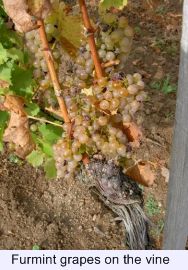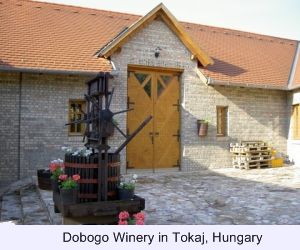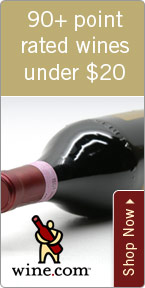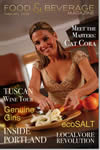Tokaji | A Walk on the Dry Side
|
||
|
| ||
|
| ||
 |
||
In This Issue |
Off the Vine
TokajiWalk on the Dry Side T
okaji has long been acclaimed as "wine of kings and king of wines" for its gorgeous luscious golden sweet wines. However the last few years have seen the arrival on the scene of a completely new generation of exciting dry wines that are well worth discovering. In reality, dry wines have almost certainly always existed in the Tokaji region (records of "ordinarium" go back 500 years), but made as an afterthought with the leftover grapes that didnt succumb to the precious noble rot. Today all the leading producers are incredibly proud of their new dry wines and this change in attitude has come about for two main reasons. First the realisation that the region has a treasure in the local Furmint grape a great grape in the same mould as Riesling that can go from bone dry to intensely sweet, but with a tremendous ability to reflect the soils and terroir where it is grown.  Furmint is Our FortuneAs Peter Molnar of Patricius says "Furmint is our fortune it expresses terroir in all 3 styles of wine." Second, producers are paying attention to managing vineyards and selecting sites that are good for dry wines - often not the same as for sweet wines. Vineyards higher up the hillside, sunnier and with drier soils help in avoiding rot (noble or otherwise). At the same time, there are potential benefits in cash flow and in bringing the name Tokaji to more wine drinkers. After all, expensive sweet wines tend to be sipped in tiny amounts on rare special occasions, whereas a good dry wine can be enjoyed on so many more days and in bigger glassfuls. Tokaji producers have been following a very steep learning curve since the fall of the Iron Curtain nearly 20 years ago, and effectively restarting their privatised industry from scratch. 1996 was the first highly regarded post-communism Aszú year, with 1999 seeing the arrival of truly stunning, modern late harvest wines. 2003 saw the turning point for dry wines; with a warm year showing what Furmint could do when really ripe. Producers have been learning too playing around with partial oak fermentations, malolactic, battonage, etc and the result is some simply stunning wines in 2005, 2006 and 2007 showing true minerality, elegance and depth. Furmints two understudies in the region also deserve a mention though Furmint is very much centre of attention. Hárslevelu and Muscat can both make good dry wines, though not so many producers are working with these grapes. It appears that its much more difficult to get complexity with Hárslevelu the vines really need to get their roots well down into the tufa bedrock. Muscat is usually blended into the sweet wines in tiny amounts to add aroma, but it also makes pretty, fresh, uncomplicated and very drinkable dry wines. |
|
Feature Stories Also in this Issue |
||

| ||
|
© 2009 Food and Beverage Magazine
Subscribe |
Advertise |
Write for Us |
Contact Us |
Privacy Policy |
Content-type: text/html
Copyright © 2019 FoodandBeverageToday.com. All Rights Reserved. | ||







